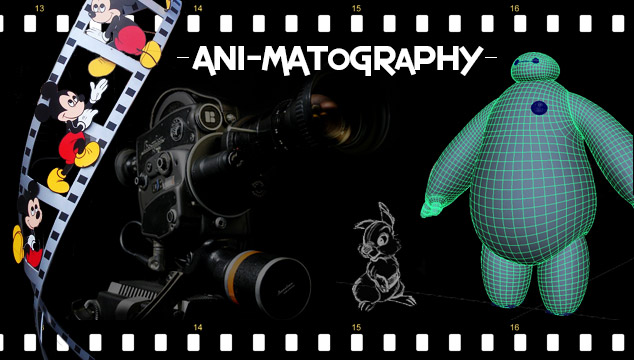 (Banner image/graphic created by Ryan Campbell)
(Banner image/graphic created by Ryan Campbell)
Welcome to ANI-MATOGRAPHY, a series where I examine the cinematography and camera tricks employed in some of your favorite animated films!
Subject: How to Train Your Dragon 2
Studio: 20th Century Fox/DreamWorks Animation
Year of release: 2014
Director: Dean Deblois
Misc. Info: Roger Deakins served as Visual Consultant
(NOTE: this analysis contains SPOILERS for How to Train Your Dragon 2. Proceed with caution.)
Introduction
As I’ve mentioned many times before, How to Train Your Dragon 2 is something of a rarity. It’s an animated film that not only looks epic, but also feels epic. The cinematography of the film, and the way that visual consultant Roger Deakins utilized his years of experience from being the director of photography (DP) for many live-action productions, contributes to this epic feel in a big way. For an hour and a half, the viewer is truly immersed in a world that is both realistic and fantastical all at the same time. In this analysis, we’ll look at a style of filmmaking that director Dean Deblois uses in the film and how this style makes How to Train Your Dragon 2 stand out from other animated productions.
The Wide Shot
First off, one can very much tell that Dean Deblois is a big fan of what is known as the wide-angle shot or, as I like to refer to it, ‘The Wide Shot.’ This is, visually, Deblois’ way of differentiating this film from the first How to Train Your Dragon. This shot is also his way of showing us that the scope of Hiccup and Toothless’ travels have now reached far beyond the shores of Berk. Whereas the first film was a more personal story, focusing in on the beginnings of an unlikely friendship, the second film sees our main characters thrust onto the world stage.
Even with the little screen-time spent on the island of Berk, Deblois still lets us know (by way of an incredible beginning sequence) that even things on Berk have grown bigger in the five-year time skip between the two films.
This form of cinematography also helps sell How to Train Your Dragon 2 as a four-quadrant blockbuster film (in the truest meaning of the word). From huge action sequences to sweeping vistas and incredible imagery, How to Train Your Dragon 2 is an animated film built for the big screen.
A Grasp of Emotion and a Steady Hand
But, in the midst of all this grand ambition, Deblois never forgets the characters and emotion that make the How to Train Your Dragon franchise work so well. This leads us to another facet of the film’s cinematography: the role of the camera when things get emotional.
Unlike some directors of other animated films, Deblois isn’t afraid to put the camera on a dramatic scene (for example, a heartfelt exchange between Hiccup and Valka) and actually allow the moment to play out.
Take the scene where Stoick reunites with Valka for the first time in 20 years. In any other animated film, the dramatic intensity of this scene would be severely cut down in favor of putting the camera back on the slapstick humor and, thus, bringing in comedy where it’s not needed and cheapening the moment.
This is not the case in How to Train Your Dragon 2. While we do have light touches of humor (courtesy of Gobber), the tense buildup of emotion occurring between Stoick and Valka is the clear focus (as dictated by the camera). Take note of the close-up on Stoick’s face, during a definite pause in dialogue, right before he says this line “You’re as beautiful as the day I lost you.”
Another great example occurs later in the film, when Hiccup and his companions hold a makeshift funeral for Stoick. Much of this sequence is very character-driven, which is complimented once more by the camerawork. When Hiccup gives what essentially amounts to a soliloquy about the difficulty of trying to be like his dad versus trying to be his own man, the camera also stays on Hiccup throughout most of the speech (accentuating Jay Baruchel’s terrific voice work in this scene).
Like the ‘Wide Shot,’ this style of filmmaking also extends throughout the movie. Even during the big action-y set pieces, the camera doesn’t ‘bounce’ around everywhere like in other animated films. Rather, it ‘glides’ its way through, with attention to the gargantuan scale (not unlike any other battle scene) and a sure-handed knowledge of when to swoop, climb, and dive when appropriate.
Again, this is another element that makes How to Train Your Dragon 2 unique among other animated films. What exactly is the stylistic source for that style? We’ll get to that later.
A Fantasy That Feels Real
Another element of cinematography is the look of the film. A complaint among those who support 2D animation is that CG animation tends to look too ‘clean’ and/or looks too photorealistic.
This is where, in my opinion, How to Train Your Dragon 2 manages to strike a happy balance between a cartoon style and outright realism. For example, whether it be in height or bone structure, the human characters all have slightly exaggerated features. Yet, they all have touches of detail that allow them to look real and tangible (freckles, scruffy beards, etc.). This also extends to the scenery, where realistic lighting, physics, and texture mix with fantastical backgrounds like the ice formations that make up Valka’s dragon sanctuary and the colorful buildings and architectural designs that make up Berk. As Dean Deblois noted, while this world does adhere to a general form of realism, it’s still a fantasy universe that exists in a medium where one can do things that one can’t necessarily do in live-action without boatloads of visual effects and green-screen. Speaking of live-action….
Lessons from Another Medium
Another reason the cinematography in How to Train Your Dragon 2 is so unique is that much of it borrows from live-action. In a New York Times video dissecting a scene from the movie, Deblois points out that some of the things he wanted to emulate in How to Train Your Dragon 2 were elements of live-action camera work (such as the camera not being able to completely capture a character’s actions all the time). In terms of how the camera behaves, this makes the film feel a lot closer to The Lord of the Rings or Harry Potter than to other animated films.
In Conclusion
From the moment Hiccup lost his leg in the first How to Train Your Dragon, it was clear this franchise was going to take a much different trajectory from other animated films and not simply be another Shrek or Ice Age. The How to Train Your Dragon films are an animated trilogy that was built from the onset to stand alongside other blockbuster franchises. The style of cinematography in How to Train Your Dragon 2 and the different elements that make up that style definitely speak to this ambition.
If only there were more films like it. If only we had more animated features that were this daring.
For those who want much deeper insight into the process of making How to Train Your Dragon 2, I’d suggest checking out this hour-long documentary on the making of the film here.
How to Train Your Dragon 2 is now available on DVD/Blu-Ray and all digital platforms.
That does it for our analysis of How to Train Your Dragon 2! Next time, we’ll look at the documentary-style filmmaking in Sony Pictures Animation’s Surf’s Up!
Thanks for reading, and stay tuned!
What do you think? Any thoughts on what was covered in this article? If you have any suggestions for movies I should cover, leave them in the comments down below!
Previously on ANI-MATOGRAPHY:
Edited by: Hannah Wilkes


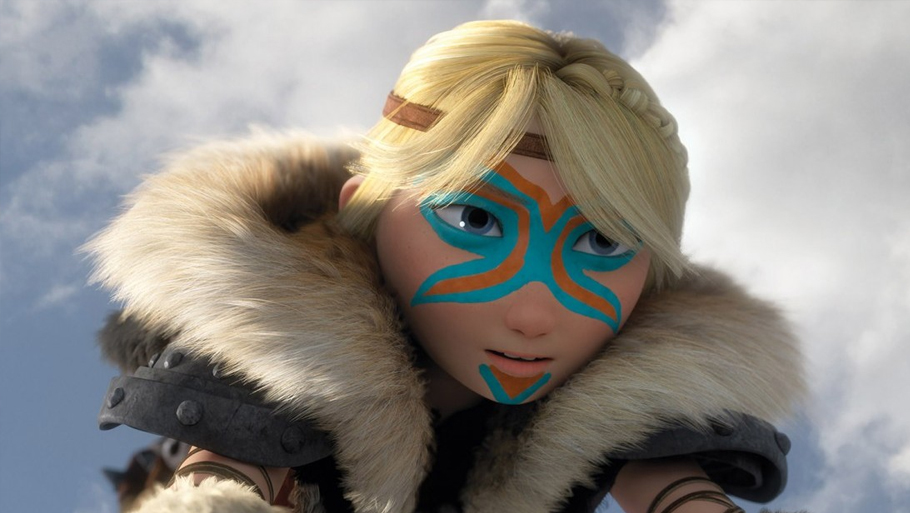
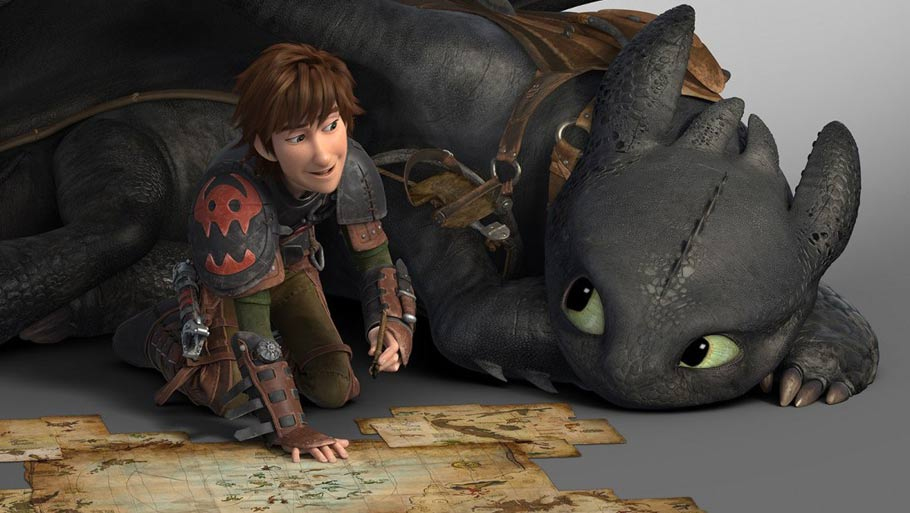
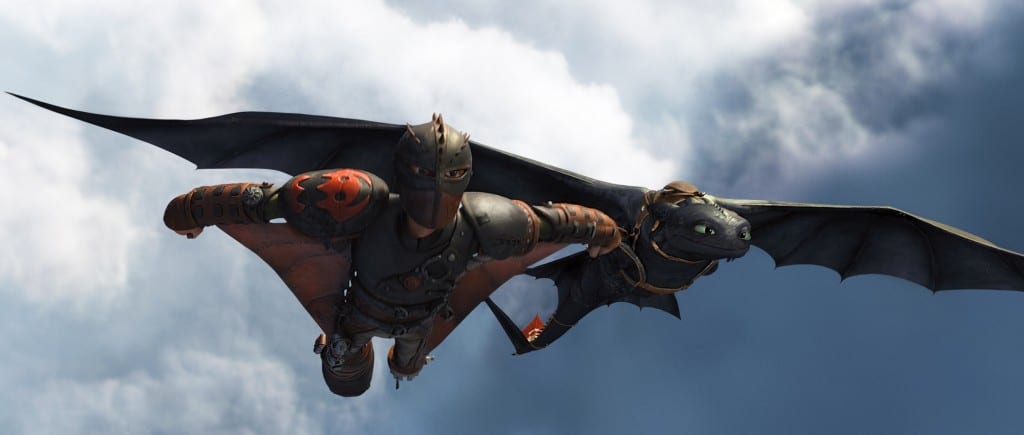
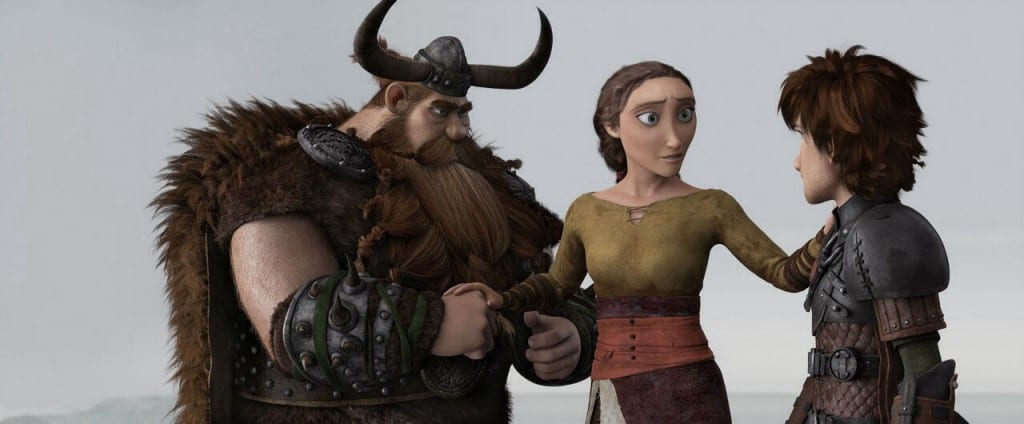
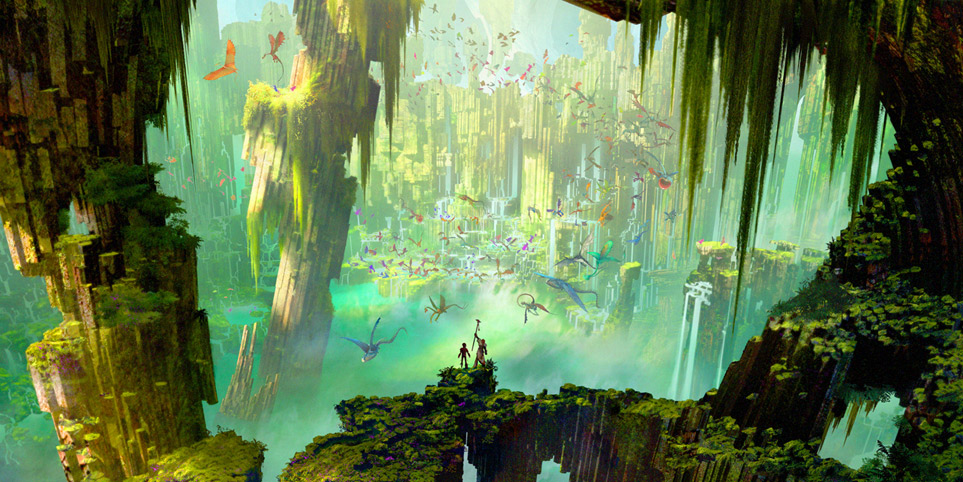
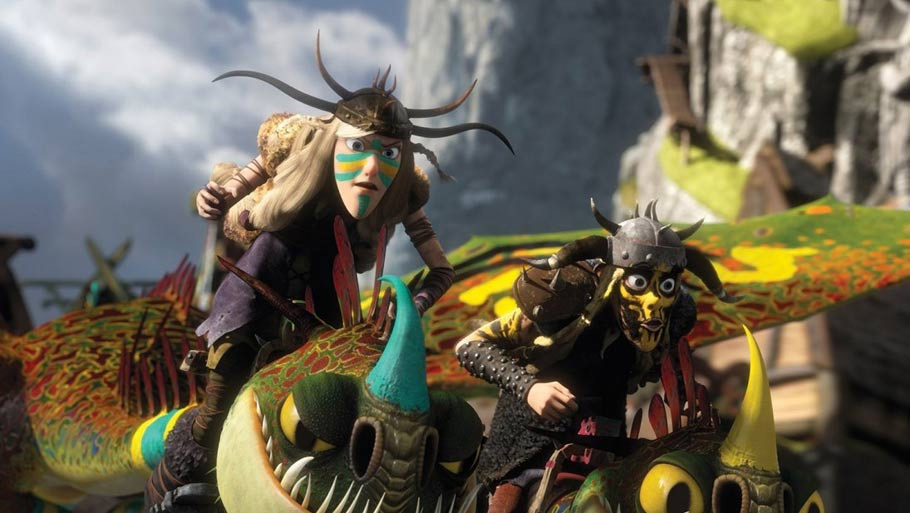
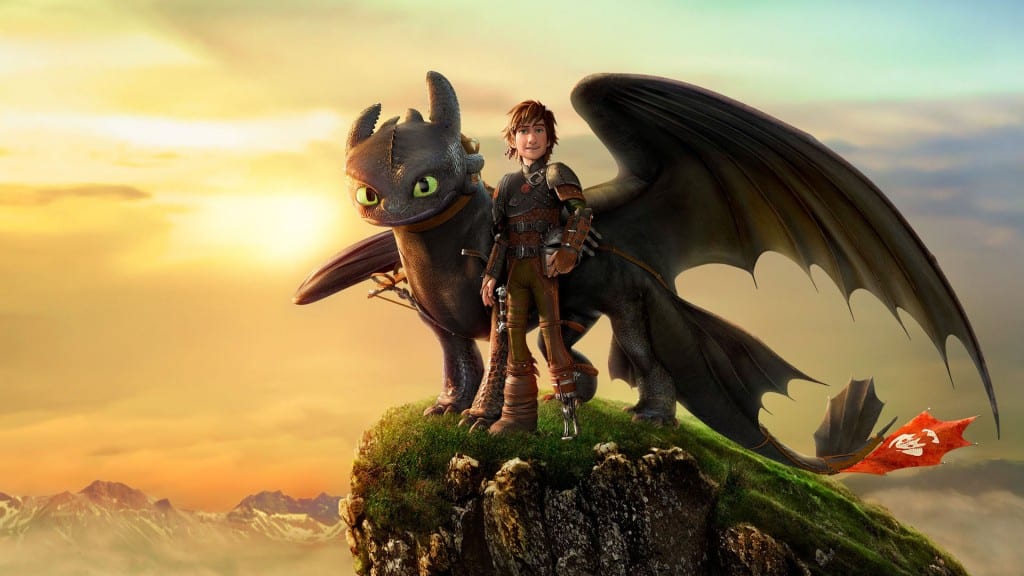
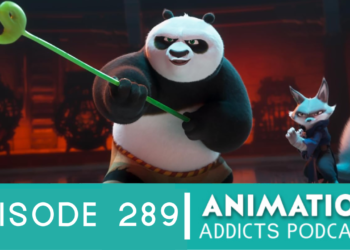
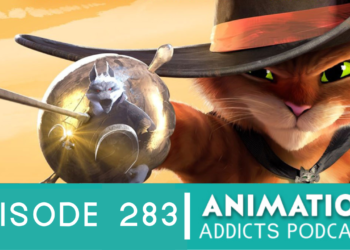
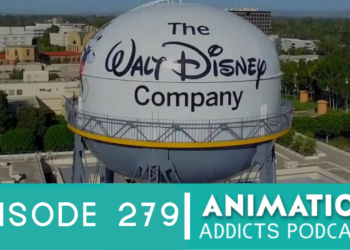
![[REVIEW]: ‘The Bad Guys’ – So Bad, It’s Good](https://www.rotoscopers.com/wp-content/uploads/2022/04/MV5BZDA0MmJiZDktMjVjNy00NDA1LTg5MzMtZTVmY2Y4MTE0OTVjXkEyXkFqcGdeQWFybm8@._V1_-350x250.jpg)